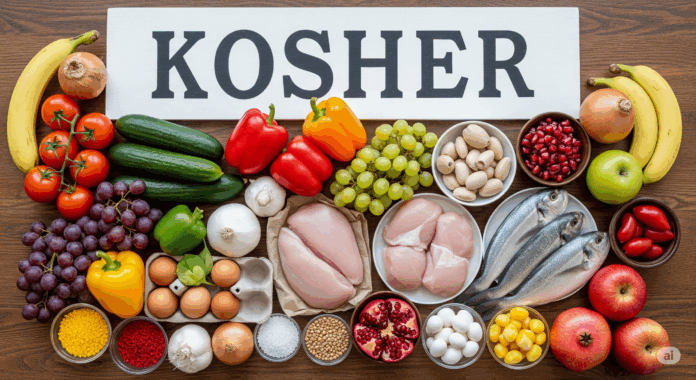
The gap between AI-adopting food manufacturers and those waiting is widening rapidly, creating competitive disadvantages that become harder to overcome with each passing month.
Key takeaways:
- First-mover advantages compound daily. Early tech adopters build data moats and operational capabilities that can’t be fast-tracked.
- The AI adoption curve became a stampede. With 50% of food companies planning AI investments, standing still means falling behind rapidly.
- Success breeds more success. AI wins fund deeper investments, creating compounding cycles competitors struggle to match.
Food manufacturers who moved early on AI aren’t just ahead — they’re building compounding advantages that grow stronger every day. Every optimization they implement funds the next innovation. Every data point they collect widens the gap between what they can achieve and what their competitors can do to catch up.
While others are still evaluating options, they’re already reaping the benefits of mature AI systems and using those wins to fuel even deeper investments. Here are the 12 specific ways AI-enabled food manufacturers are pulling ahead — and why each advantage becomes harder to match over time.
1. They started early and it shows
Early AI adopters have a compounding advantage. Every day their systems run, they get smarter — recognizing patterns, optimizing decisions, and locking in value. That edge only grows with time.
2. They’re using success to fuel more success
Early AI wins don’t just deliver immediate returns — they fund deeper AI investment, creating a compounding cycle your company may struggle to catch up with.
3. Their data advantage is now a moat
Companies with mature AI systems have years of data fueling superior algorithms. You can’t fast-track this experience — it takes time, iteration, and operational depth.
Download the full AI in Food Manufacturing report for detailed implementation strategies, case studies, and boardroom-ready talking points to guide your AI strategy.
4. They’re making smarter decisions, faster
While others are still collecting and cleaning data, AI-enabled competitors are already predicting equipment failures, adjusting supply chains in real time, and seizing market opportunities you haven’t seen yet.
5. They’re grabbing market share right now
AI-driven operational efficiency enables better pricing, improved service, and higher product quality — all of which attract customers and free up capital to reinvest in further AI expansion.
6. They’re moving ahead of the stampede
With 50% of food industry players planning AI investments in 2025, what used to be “nice to have” is now an urgent necessity. The faster the industry moves, the harder it becomes to catch up later.
7. They’re rewriting customer expectations
AI-powered service is faster, smarter, and more reliable — and once customers experience that, they won’t go back. Companies relying on legacy systems risk falling short of the new standard.
8. They’re Winning the Talent War
Top AI talent is scarce — and getting scarcer. Companies that moved early are better positioned to attract the data scientists, engineers, and AI specialists who drive innovation.
9. They’ve already built the infrastructure
AI readiness requires serious backend work: data integration, cloud infrastructure, and analytics platforms. The companies ahead of you have already laid the foundation you still need to build.
10. They’re delivering superior financial performance
AI isn’t just saving money — it’s transforming profitability and growth. Strong AI implementation supports higher valuations and attracts investment capital to fuel even faster innovation.
11. They’re shaping the industry’s future
AI-native companies are emerging with strategic models traditional businesses can’t easily replicate. These players are positioned to consolidate market share and define the rules going forward.
12. They’re already on the move
AI adoption is allowing companies to quickly gain traction in high-impact areas like supply chain optimization and predictive maintenance. They’ve hit the ground running and are only getting further ahead.
The competitive advantages outlined here aren’t theoretical — they’re happening right now in facilities across the industry. Every month you delay starting your AI transformation, these advantages become more entrenched and harder to overcome.
This article expands on insights from our report “AI in Food Manufacturing: What Top Performers Are Doing Differently.” For detailed case studies, implementation frameworks, and strategic guidance from these industry leaders, download the complete report.

Credit: Source link





![[Webinar] Food Traceability in Focus: What Your FSMA 204 Game Plan Might Be Missing [Webinar] Food Traceability in Focus: What Your FSMA 204 Game Plan Might Be Missing](https://foodindustryexecutive.com/wp-content/uploads/2025/06/Aptean-Food-Traceability-in-Focus-What-Your-FSMA-204-Game-Plan-Might-Be-Missing-696x464.png)






